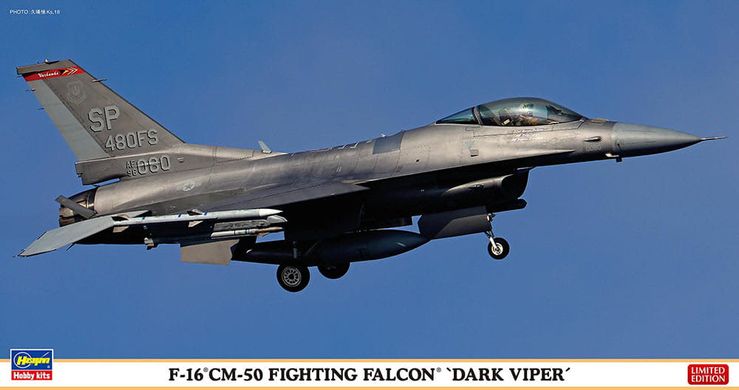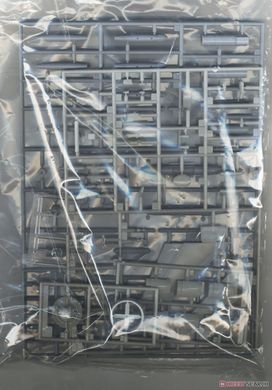General-Dynamics F16 Falcon is an American single-engine multi-role light fighter and attack aircraft. Work on the F-16 project began in 1971 at the General Dynamics concern (which in 1993 was part of the giant Lockheed Martin), participating in a competition for a light multi-role fighter (LWF) for the US Air Force. The first flight of the YF-16 prototype took place on February 2, 1974. The breakthrough in technical terms was the use of a computerized electrical control system by wires, which allowed to reduce the area of the wings and tail, and, therefore, to reduce the weight of the entire aircraft. The F-16 was the first fighter in the world to use such a system. The first options were mainly made of aluminum alloys (about 83% of the entire structure), but over time they gave way to composites. The various versions of the F-16 are powered by three engine versions: Pratt-Whitney F-100-PW-200, General Electric F110-GE100, and Pratt-Whitney F-100-PW-2020. The "brain" of the guidance system was the APG-66 radar, later replaced by the APG-68 (B) radar. It is worth noting that the design of the YF-16 turned out to be so successful that it won not only the LWF competition in the USA (in competition with the Northrop YF-17 aircraft), but also won a century-long contract for a multi-purpose aircraft. a fighter for European NATO countries. His rivals were Dassault Mirage F.1 and SAAB J-37 Viggen. Serial production of the F-16 began in 1975. European NATO countries also took part in it, for which it was the introduction of new aviation technologies. The final assembly was carried out in the USA, Belgium and the Netherlands. The first production F-16A Fighting Falcon flew on August 7, 1978. This is an attack version of the F-16, designed mainly to fight ground targets. The F-16 also proved itself in combat, scoring a series of aerial victories in the Lebanon War (1982) and during Operation Desert Storm (1991). By the end of the 20th century, more than 4,000 such successful aircraft had been produced. There were six basic versions of the F-16, designated A, C, E (single-seat) and B, D, F (two-seat). On the basis of these six models, numerous upgrades are created, most often associated with the replacement of avionics, designated as "Block". Since 2006, the F-16 has also served in the Polish Air Force. The Polish Ministry of Defense decided that the F-16 would form the basis of the modernized air force, rejecting proposals from Dessault and SAAB, although in this case it was the Mirrage F2000 and JAS-39 Grippen fighters. Undoubtedly, the largest amount offered by an American company as part of the so-called offset operation. Technical data: Maximum speed: 2170 km / h, Rate of climb: 254 m / s, maximum ceiling 15240 m, maximum flight range: 3890 km, armament: stationary - one 20-mm six-barrel gun M61A-1, suspended - up to 9275 kg. cargo.




















